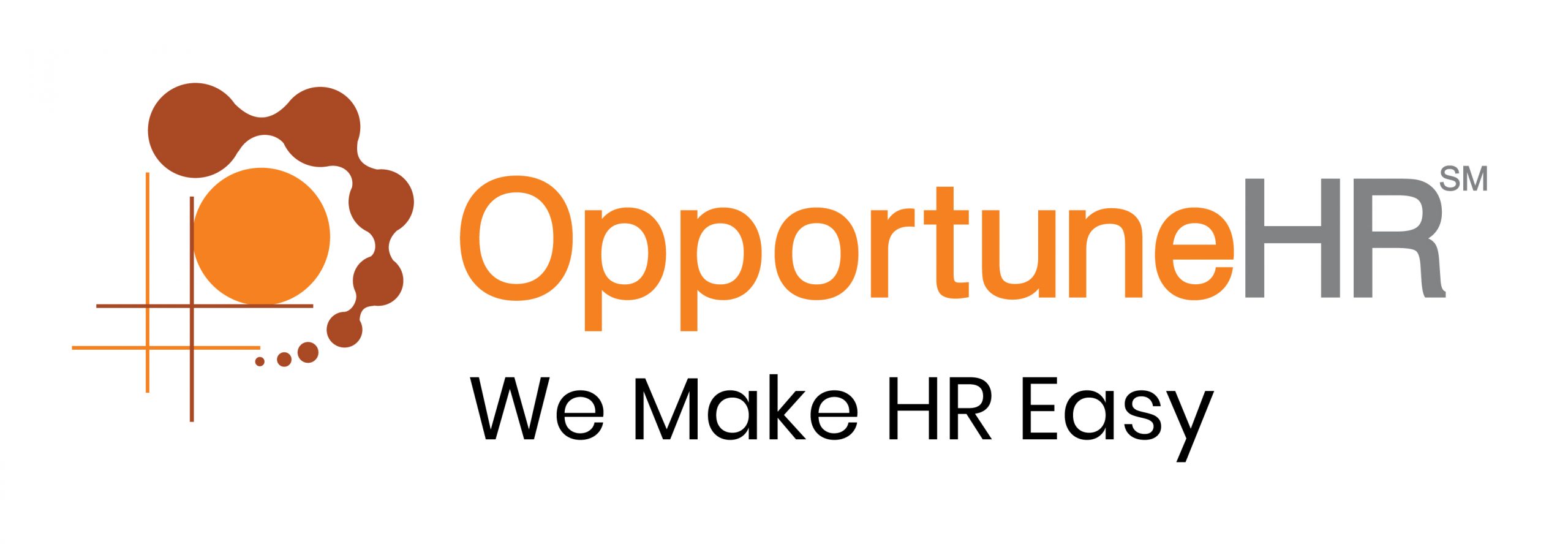February 22, 2022
Why Diagnostic Labs Need Specialised HRMS Solution? And Which One?
Attendance, Diagnostic Centre, HRMS, HRTech, Payroll
ReadDiscover Why OpportuneHR is the best HRMS Software in India! Schedule a Demo OR Call us @ +91 7700-954949



Employee Leave is a period of time during which an employee is permitted to be away from work.
Employee leave is important for many reasons: Leave period gives an employee time to rest, to recover from illness, and also to manage personal matters.
There are many types of leaves.

Mandatory leaves and Non-mandatory leaves.
Mandatory leaves:
These leaves are set by Indian labour laws and other regulations to ensure that employees get sufficient time for personal matters, recovery, and overall well-being.
Mandatory leave is a serious matter: there are legal consequences, fines or penalties if an employer doesn’t offer mandatory leave to their workforce.
As per Indian laws, these leaves are mandatory–
Let us look at mandatory leaves one by one.
Casual leave is a short-term leave that an employee can take for unforeseen events or personal matters. This leave doesn’t require a formal reason.
Sick leave is specifically designed to support employees when they are unable to perform their duties due to health-related issues.
Under the Factories Act, workers are entitled to a minimum of 12 days of sick leave per year.
But some organisations may offer additional sick leaves as per the seniority or the length of service of an employee in the organisation.
Generally, a medical certification is required for granting of a sick leave.
Maternity leave is a period of absence from work granted to a mother before and after the birth of her child. Maternity leaves ensure that a female employee gets sufficient time for childbirth, recovery, and bonding with the newborn.
Here are some important details related to maternity leave–
Earned Leave (EL), also commonly referred to as Privilege Leave (PL), is a type of leave that employees accumulate over time based on the number of days they have worked.
It is typically used for planned vacations, rest, or personal matters. Here are the main features of Earned Leave:

A comprehensive glossary of employee leave types can be found here.
Important note:
The terms Previlege Leave, Earned Leave, and Paid Annual Leave are the same concept–
We favour the term “Earned Leave” because it most clearly conveys the concept. These are the leaves which an employee ‘earns’ through continuous working in an organisation.
In India, the laws that stipulate earned leave are primarily found in the following legislations:
Different sectors and states may have additional specific regulations or agreements that further detail earned leave entitlements.
Public holidays are also mandatory time-off. These holidays can differ from state to state.

These are additional days off that employers offer beyond what is legally required. Companies offer these leaves to enhance employee satisfaction, attract and retain talent, and promote work-life balance.
Here is a list of common types of non-mandatory leaves–
Half-day leave is a type of leave policy offered by many companies where an employee is allowed to take half of their working day off. It is a convenient option for employees who need time off for shorter durations without using a full day of leave.
This type of leave is often used for personal appointments, family commitments, or other short-term obligations that do not require a full day away from work.
There is usually no legal requirement for companies to offer half-day leave. It is provided at the discretion of employers.
Compensatory Off, often referred to as “Compensatory Leave,” is a type of leave provided to employees when they work on holidays, non-working days, or beyond their regular working hours.
1. The primary aim of compensatory off is to ensure that employees are not overworked without adequate rest. It serves both as a reward for extra work and as a means to maintain work-life balance.
2. Employees usually become eligible for compensatory off if they have worked on public holidays, weekends, or outside their normal working hours without any additional pay.
3. The duration of the compensatory leave can vary depending on the number of extra hours worked, or the nature of the holiday worked. Typically, one day off might be granted for each day worked during designated holidays.
4. Companies usually require proper documentation and approval processes before granting compensatory leaves.
Half-pay leave is a type of leave that allows employees to take time off from work while receiving only half of their salary for that duration.
This form of leave can be beneficial in situations where employees may not have sufficient paid leave available, but circumstances are such that they must address personal matters.
These could be long term illnesses, or other kinds of emergencies which doesn’t allow them to deliver their job duties.
Employees need to submit a formal application outlining the reason for taking half-pay leave along with any necessary documentation. An approval is a must.
LWP is a type of leave that allows employees to take time off from work for a certain period without getting a salary for that duration.
LWP is a flexible option for employees who may need extended time away from their job due to personal reasons, family issues, or other circumstances where paid leave options are insufficient.
The employee should formally notify their manager or supervisor well in advance if possible.
Some companies may require documentation supporting the reason behind requesting LWP (like, medical certificates).
The request usually goes through HR and management approval based on company policy.
Marriage Leave is a time off granted to an employee to prepare for and participate in their wedding activities.
The marriage ceremonies in India can last for several days and companies take it into consideration. So the duration of marriage leave can vary from 3 to 15 days.
Generally, full-time employees are eligible for marriage leave after completing a certain probationary period (often ranging from 6 months to 1 year).
Study leave is a type of leave that allows employees to take time off from work to pursue further education, training, or skill enhancement.
This leave is designed to support personal and professional development while ensuring that the organization also benefits from an employee’s improved skills and knowledge upon their return.
Study leave is generally granted to permanent employees who have completed a minimum tenure with the organization. The tenure requirement can vary from organisation to organisation.
The duration of such leave can vary widely depending on organizational policies but often ranges from a few months up to two years. Some organizations allow part-time study leave where employees can continue working while pursuing education.

Paternity leave is the time off from work granted to a father after the birth of a child. This leave makes it possible for fathers to take care of their newborn child. It’s a great support for their partner who has given birth to a child.
Paternity leave is a great support to the mother, both physically and emotionally, especially during the post-partum period. With this leave the father can share the responsibilities which reduces the pressure on mothers.
Important tip:
Central Government Employees in India are entitled to 15 days of Paternity Leave. It is not a mandatory leave for state employees. And also not binding on private companies. But still, many reputed companies offer it to their male employees.
A sabbatical leave or a career break is an extended period of leave from work. It is generally taken by employees to pursue their personal interests, engage in research, explore new skills, or simply rest and rejuvenate.
This leave is typically granted after a certain period of service, often ranging from five to seven years.
Sabbatical leave is a kind of special benefit. It is offered by organizations to enable employees to take an extended break from their regular duties without losing their job.
This type of leave varies in duration, and can range from a few weeks to a year, depending on the organization’s policy and the employee’s tenure.
During this time, employees might continue to receive full or partial salary, or the leave might be unpaid.
Childcare leave is a time off provided to those employees who are parents or guardians. The motive is to facilitate the care and upbringing of their children.
As the concept of work-life balance is gaining prominence, more and more organisations are adopting child-care leave.
The duration of such leave varies from organisation to organisation.
Leaves are an important part of employee work life. While government laws make some leave types mandatory, companies also offer leaves as employee benefits.
A well-designed leave policy takes into account the employee work-life balance requirements and also organisational productivity.
It’s important for SME organisations to move with the times and adopt some of the progressive leave policies like paternity leave, childcare leave etc. This will help them attain and retain good talent.


